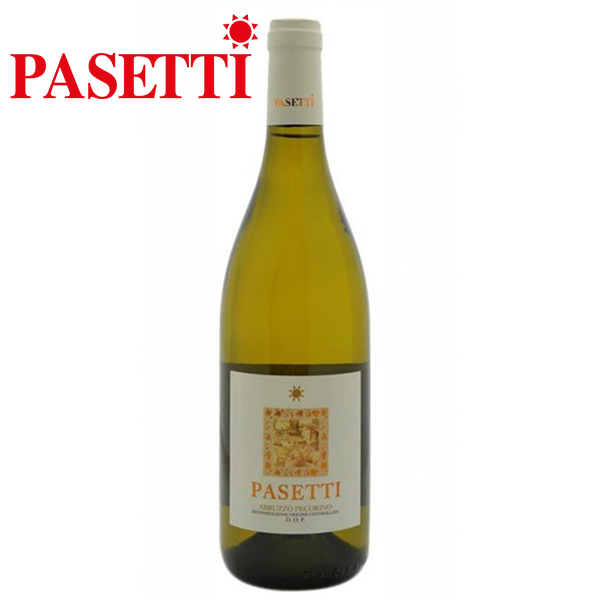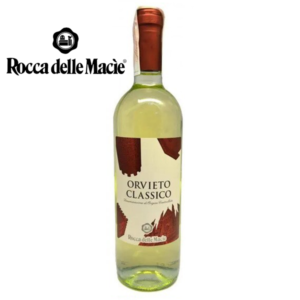- No puedes añadir «Le Rime IGT 750 ml» al carrito porque el producto está agotado.

Pecorino d’Abruzzo D.O.P.
$ 65,000.00
Pecorino d’Abruzzo
100% Pecorino D.O.P.
Descripción
Pasetti pecorino is a “must-see” which fully reflects the strong traditions of the Abruzzo region. In their cradle, these native grapes express themselves excellently. Today, this young 100% pecorino wine represents one-third of the total production.
Technical features
Vintage 2015
Production area
It grows in the surroundings of Pescosansonesco (550 meters above sea level) and Capestrano (450 meters above sea level). Vineyards are located at the foot of Gran Sasso in a very windy place with a high temperature range. Here the soil is rich in skeleton, clay-calcareous and rocky. Row is the wine training with a vineyard density of 5200 grapevines per hectare which correspond to 100 quintals. This wine is the result of a perfect synergy between two areas: the terroir of Pescosansonesco gives structure and longevity; that of Capestrano brings elegance, freshness and minerality.
Wine history
Pecorino is a white grape variety spread in Abruzzo for many years. Its origins are not so clear; the first bibliographic tracks date back to the time of Cato the Censor who classified it in the group of the ammeos together with other groups (Greco di Tufo, Grechetto and Pignoletto). This group of grapes takes its name from the people of Amneos, native of Tessely, who brought these grapes to our peninsula during their migrations. The famous writer Plinio wrote that “the wine of the amineos is not hard, keeps well and improves after different years”. The ampelographic bulletin of the State of 1875 (file II) describes the pecorino as a grape that is cultivated in the vineyards of the middle Adriatic sea; among the wines born in these places, it’s the one which gives the early native fruit. At the end of 80’s it disappeared; we could find only a few plants in the area of Teramo and L’Aquila. Thanks to the selection work and to the courage of few viticulturists, the first wines are going to be available.
Organoleptic features
It’s a bright straw yellow wine with aromas of elderberry, grapefruit and yellow fruits. Its acidity and flavor are mixed up with a good structure, persistence and a great roundness.
Time of vintage
First decade of September (this grape variety is able to reach a good sugar level without loosing its great acidity; changing the harvesting time we are able to enhance the freshness and the structure of the wine).
Vinification
White vinification with cryomaceration for 18/24 hours, precrushing and soft pressing of the grape. Fermentation occurs with selected yeasts in steel tanks at a low temperature (10 – 13 °C).
Ageing
2 months on its fine lees, then 3 months in the bottle. This wine can also be appreciated after 3 – 5 years.
How to serve it
It needs to rest at least 10 days after its arrive. It should be served at a temperature of 8 – 10 °C.
Gastronomic matching
Row fish, cold cuts, white lasagna, risotto, courtyard animals, medium-seasoned cheeses.
How to store the bottle
The bottle should be put in a horizontal position away from direct light, heat and noise at a temperature of 15 – 18 °C and a humidity of 60 – 80 %.
Analytical data
Alcoholic grade: 13,00 % Vol.
Residual sugar: 3,00 g/l
pH: 3,35 g/l
Total acidity: 6,20 g/l
Extract: 24,10 g/l




